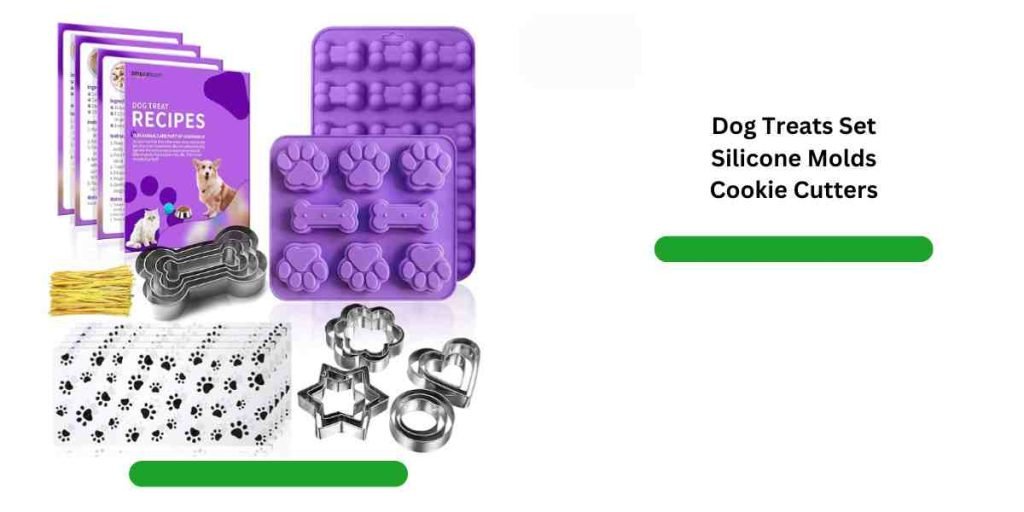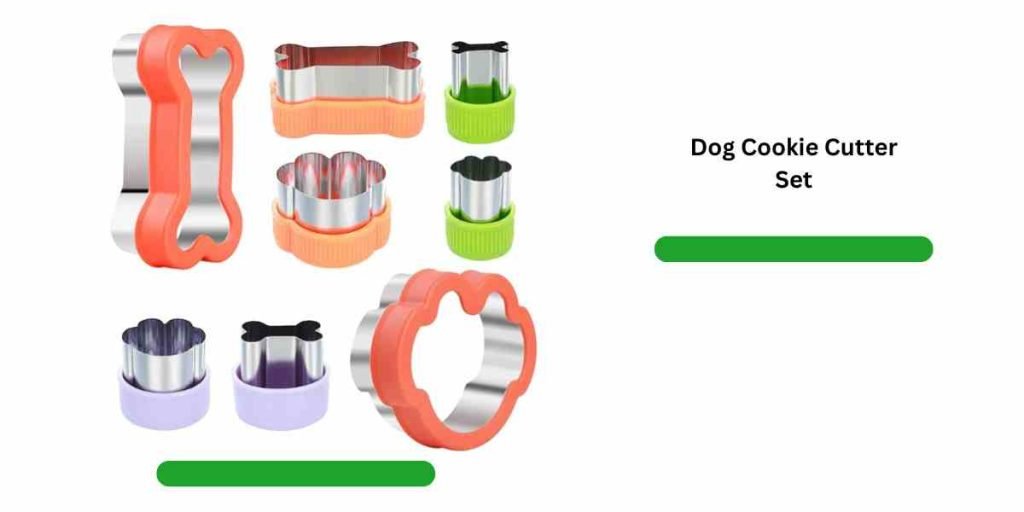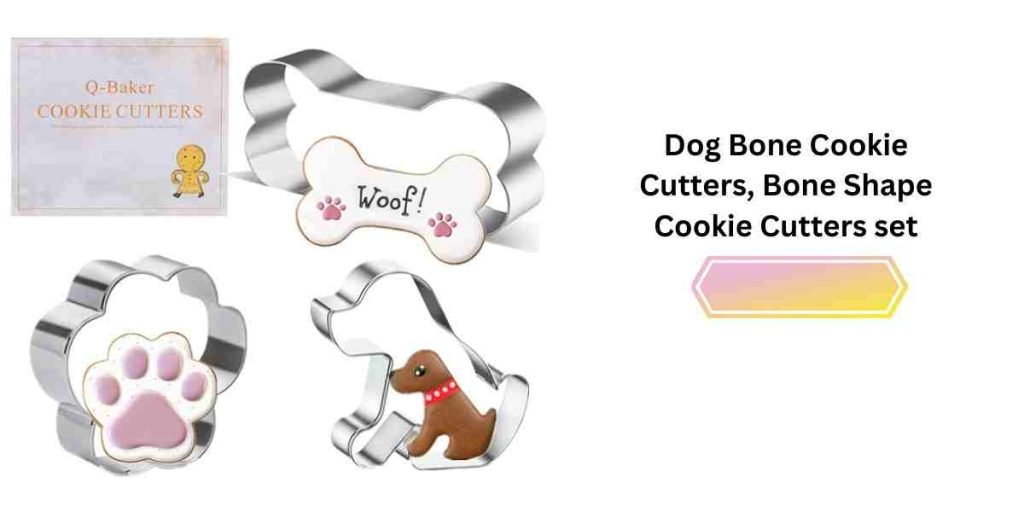The Comprehensive Guide to Dog Bone Cookie Cutters
A dog bone cookie cutter is a delightful and versatile kitchen tool designed to shape dough into the classic form of a dog bone. This simple yet charming accessory has found its way into the hearts of bakers, pet owners, and crafting enthusiasts alike. Its appeal lies in its functionality, ease of use, and the joy it brings to both human and pet treat creations.
Table of Contents
- Introduction
- Overview of Cookie Cutters
- Popularity of Dog Bone Cookie Cutters
- History of Cookie Cutters
- Early Development and Uses
- Evolution of Designs
- Types of Dog Bone Cookie Cutters
- Materials Used
- Sizes and Variations
- Manufacturing Process
- Design and Prototyping
- Production Techniques
- Popular Brands and Manufacturers
- Leading Companies
- Market Trends
- Baking with Dog Bone Cookie Cutters
- Recipes and Tips
- Decorating Ideas
- Beyond Baking: Other Uses
- Crafting and DIY Projects
- Pet Treats and Training
- Safety and Care
- Safe Materials and Usage
- Cleaning and Maintenance
- Environmental Impact
- Sustainable Materials
- Recycling and Disposal
- Consumer Considerations
- Choosing the Right Cookie Cutter
- Reviews and Recommendations
- Cultural Significance and Trends
- Holiday and Themed Uses
- Social Media and Online Communities
- Future of Dog Bone Cookie Cutters
- Innovations and Emerging Trends
- Market Predictions
- Conclusion
- Summary of Key Points
- Final Thoughts
1. Introduction
Overview of Cookie Cutters
Cookie cutters have been a beloved kitchen tool for centuries, allowing bakers to create perfectly shaped cookies with ease. These handy devices come in an array of shapes and sizes, making it possible to craft cookies that suit any occasion or theme. Among the myriad of designs available, the dog bone cookie cutter has emerged as a favorite for many, especially among pet lovers.

Popularity of Dog Bone Cookie Cutters
The dog bone cookie cutter, shaped like a classic dog treat, holds a special appeal for both bakers and pet owners. It represents a fun and whimsical way to make cookies, whether for human consumption or as homemade treats for pets. The simplicity and versatility of the dog bone shape make it a popular choice for various occasions, from pet birthday parties to themed baking sessions.
2. History of Cookie Cutters
Early Development and Uses
The history of cookie cutters can be traced back to ancient civilizations where shaped cookies were made using rudimentary molds. Early examples include the use of wooden or clay molds to shape dough into various forms, often for religious or ceremonial purposes.
In Europe, during the Middle Ages, cookie molds became more elaborate and were used to create intricate designs. By the 16th century, metal cutters began to appear, offering greater precision and durability. These early cookie cutters were often hand-forged by blacksmiths and used for festive occasions.
Evolution of Designs
The industrial revolution brought significant advancements in the production of cookie cutters. Mass production techniques made metal cookie cutters more accessible and affordable. By the 19th century, a wide variety of shapes, including animals, plants, and geometric designs, were available.
The dog bone cookie cutter likely gained popularity in the early 20th century as pet ownership became more common and the pet care industry began to flourish. Today, the design and production of cookie cutters continue to evolve, incorporating modern materials and manufacturing techniques.

3. Types of Dog Bone Cookie Cutters
Materials Used
Dog bone cookie cutters are made from various materials, each with its advantages and considerations:
- Metal: Stainless steel and aluminum are common materials for their durability and precise cutting ability.
- Plastic: Food-grade plastic cutters are lightweight and come in a variety of colors. They are generally safer for children to use but may not cut as precisely as metal.
- Silicone: Some cookie cutters are made from silicone, which is flexible and easy to clean. However, they might not offer as sharp a cut as metal or hard plastic.
Sizes and Variations
Dog bone cookie cutters come in various sizes to cater to different needs:
- Mini: These are perfect for small treats or for making decorations on larger cookies.
- Standard: The most common size, ideal for general cookie baking.
- Large: Used for oversized cookies or crafting projects.
Additionally, variations in design can include detailed engravings or additional shapes within the bone, adding a unique touch to each cookie.
4. Manufacturing Process
Design and Prototyping
The creation of a dog bone cookie cutter begins with the design phase. Designers use software to create digital models, which are then turned into physical prototypes using 3D printing or other rapid prototyping techniques. This allows for testing and refinement of the design before mass production.
Production Techniques
Once the design is finalized, the manufacturing process involves several steps:
- Cutting and Shaping: For metal cutters, sheets of metal are cut into strips and shaped using molds or dies. Plastic cutters are typically injection molded.
- Finishing: Edges are smoothed, and any necessary detailing is added. This may involve additional cutting, stamping, or engraving.
- Quality Control: Each cutter is inspected to ensure it meets quality standards. This includes checking for sharpness, durability, and overall appearance.
5. Popular Brands and Manufacturers
Leading Companies
Several companies are well-known for producing high-quality dog bone cookie cutters:
- Wilton: A leader in the baking industry, Wilton offers a variety of cookie cutters, including dog bone shapes, known for their durability and precision.
- Ann Clark: Known for their extensive range of cookie cutters, Ann Clark’s dog bone cutters are popular for their detailed designs and reliable quality.
- Fox Run: Offers a variety of metal cookie cutters, including dog bone shapes, known for their affordability and durability.
Market Trends
The market for cookie cutters, including dog bone shapes, has seen steady growth driven by trends in home baking, DIY culture, and pet care. Custom and personalized cookie cutters are also gaining popularity, allowing consumers to create unique shapes and designs for special occasions.
6. Baking with Dog Bone Cookie Cutters
Recipes and Tips
Using a dog bone cookie cutter can add a fun twist to various recipes. Here are some popular options:
- Classic Sugar Cookies: A simple dough that holds its shape well, making it ideal for detailed cookie cutters.
- Gingerbread Cookies: Perfect for holiday baking, gingerbread dough is sturdy and flavorful.
- Peanut Butter Dog Treats: Homemade dog treats using pet-safe ingredients. Ensure all ingredients are safe for canine consumption.
Tips for Perfect Cookies:
- Chill the Dough: Cold dough cuts cleaner shapes and is less likely to spread during baking.
- Use Parchment Paper: Rolling dough between sheets of parchment paper prevents sticking and makes it easier to transfer shapes to the baking sheet.
- Uniform Thickness: Ensure dough is rolled out to an even thickness for consistent baking.
Decorating Ideas
Decorating dog bone cookies can be as simple or elaborate as you like:
- Icing: Use royal icing or a simple glaze to add color and detail.
- Sprinkles and Decorations: Add sprinkles, edible glitter, or small candies for a fun touch.
- Stamps and Imprints: Use cookie stamps or embossing tools to add texture and designs before baking.
7. Beyond Baking: Other Uses
Crafting and DIY Projects
- Clay and Dough Crafts: Use the cutters to shape polymer clay, playdough, or salt dough for DIY ornaments and decorations.
- Fabric and Felt: Cut shapes from fabric or felt for sewing projects or appliqué.
Pet Treats and Training
Dog bone cookie cutters are perfect for making homemade pet treats. You can create healthy, tailor-made snacks for your pet, ensuring they enjoy both the taste and the shape. Additionally, using these cutters for training treats can add an extra element of fun to your pet’s training routine.

8. Safety and Care
Safe Materials and Usage
When choosing a dog bone cookie cutter, it’s important to consider the safety of the materials:
- Food-Grade Materials: Ensure the cutter is made from food-safe materials, especially if used for making pet treats.
- Sharp Edges: Be cautious with metal cutters as they can have sharp edges. Supervise children during use.
Cleaning and Maintenance
Proper care of your cookie cutters will ensure they last longer:
- Hand Washing: Most cookie cutters should be washed by hand to prevent damage from the dishwasher.
- Drying: Thoroughly dry metal cutters to prevent rust. Plastic cutters should be dried to avoid mold and bacteria growth.
- Storage: Store in a dry place. Consider using a container to keep them organized and protected.
9. Environmental Impact
Sustainable Materials
Eco-friendly materials are becoming increasingly popular in the manufacturing of cookie cutters. Stainless steel is durable and recyclable, while some companies are exploring biodegradable plastics or recycled materials.
Recycling and Disposal
When it’s time to dispose of old cookie cutters, consider recycling options. Metal cutters can often be recycled with other metal goods, and some plastic cutters may be accepted by recycling programs. Check local guidelines for proper disposal.
10. Consumer Considerations
Choosing the Right Cookie Cutter
When selecting a dog bone cookie cutter, consider the following:
- Material: Choose based on durability, ease of use, and safety.
- Size: Select a size that suits your baking or crafting needs.
- Brand: Look for reputable brands known for quality products.
- Reviews: Check customer reviews and ratings for insights
Conclusion
The dog bone cookie cutter is a beloved tool for many reasons. Its simple design and wide range of uses make it a staple in kitchens and craft rooms alike. Whether you’re a pet owner looking to bake special treats for your dog, a baker seeking to add a fun element to your cookies, or a crafter exploring new project ideas, the dog bone cookie cutter is a versatile and enjoyable addition to your toolkit.

